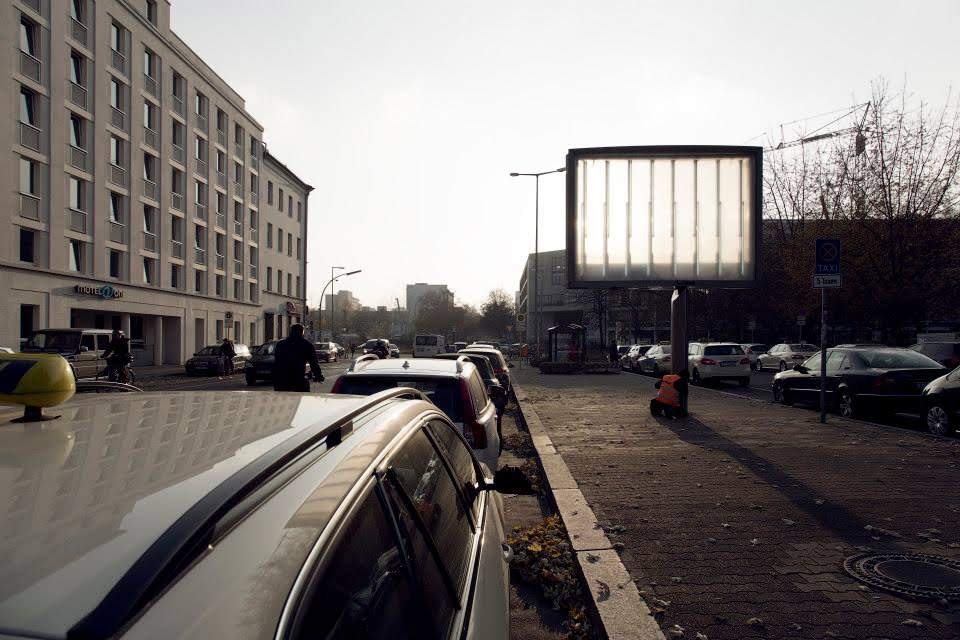Yes, it’s that time of the year. Black Friday approaches and adbusters from all over the world get their keys ready to take over ad spaces in their cities and fight for our rights to public space.
What is Adbusting? Adbusting (also called Subvertising, as the crasis of ‘subvert’ and ‘advertising’) refers to the practice of taking over ad spaces in the city as an act of civil disobedience, either by replacing the ad with an artwork, or by (creatively) modifying it.
Have you ever stopped wondering what your neighborhood will look like if all ads were removed? Will you feel less stressed by the continuous pressure to buy the newest phone? Or perhaps less anxious about your body?
And what would you like to see on display, in the place where ads used to be? A drawing? A poster? A poetry?
Nobody asked us permission for using the public space -which belongs to everybody- for advertising and commercial media. Everybody should have the right to communicate messages in the public space in which we inhabit. Likewise, we have the right not to be constantly advertised at.
Taking back our public space is the goal of No Ad Day, a civil disobedience act began in 2014 and happening every Black Friday. Participants would remove advertising from the light boxes installed in the public spaces, often replacing them with an artwork or a ‘subvert’, which is an alteration of an existing ad.
Artist Bill Posters put up a Brandalism guidebook covering all you need to know to hijack a billboard, from obtaining the key that opens the lightbox at the bus stop to creating a branded hi vis uniform, which will allow you to hide in plain sight by simulating the behaviour of the workers that install the ads in the first place. Ad hackers, in fact, use the same tools as advertising agencies. They also share the same marketing strategies.
Get your keys for making our public space more democratic and don’t forget to share a photo of the empty bus shelter with the hashtag #NOADday.
Get Inspired! Subvertisers in action: a few photos from my street art archive
In the streets with Vermibus (Nuart 2017)
Vermibus collects advertising posters from the streets and transforms them by brushing away the faces and flesh of the models with solvents and pressure. His creations are grotesque creatures with dripping faces or missing features, through which he deconstructs the popular idea of beauty and perfection by dehumanizing figures that were already depersonalized. He then put back the modified posters into commercial spaces, as a way to react to the overabundance of advertising that is invading our lives and to question culturally imposed social canons of beauty.
In the streets with Dr. D a.k.a. Subvertiser (Nuart Aberdeen 2018)
Dr. D mimics the visual language of advertising to raise awareness about who has the power to communicate messages and to address people’s attention on political incompetence and abuse of power.
If you want to learn more about Dr. D’s visual activism, check out this academic paper on Nuart Journal by Adrian Burnham.













